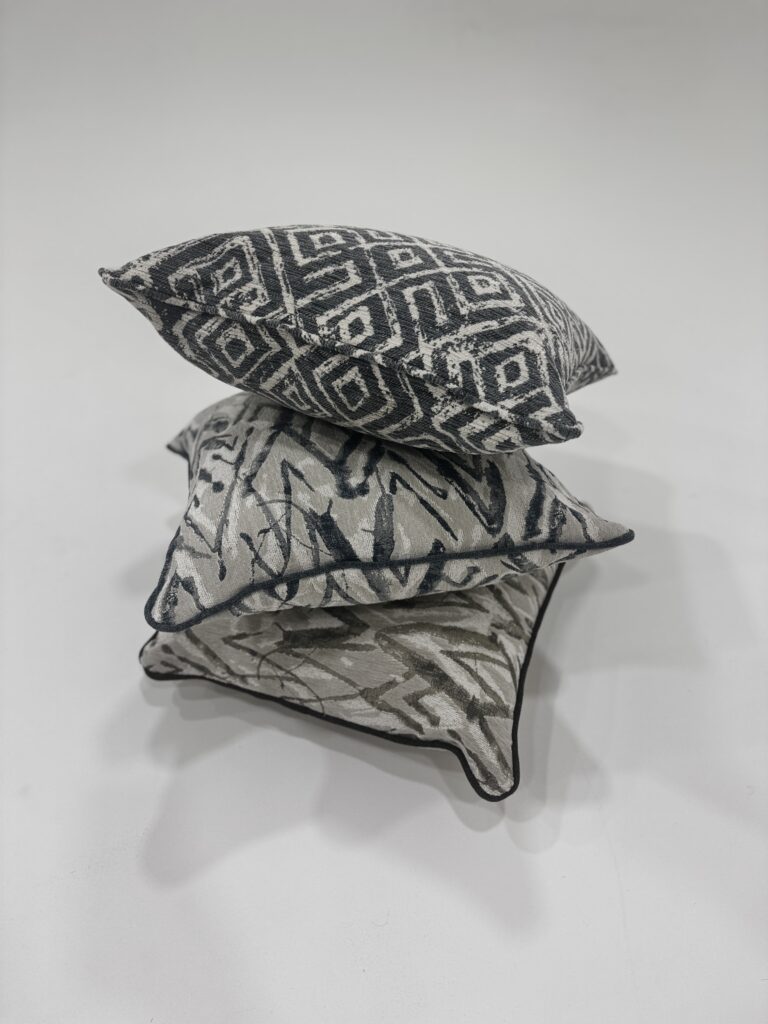In manufacturing, there is a constant magnetic force that tries to balance beauty and quality and commercial viability and then some sense of environmental responsibility. But in the end, good design is more than just a trend. Good design moves down from the peaks of imagination and skill and is then, often times value engineered to be able to be mass produced or to pretend to be made “sustainably”.
We get inspiration from efficient frames, beautiful lush fabrics, take notes on the types of listings and social media activities that need to happen, etc. Then we produce something. We may employ processes to reduce the impact of our 20 chairs or even 20,000 chairs by using a garment dyed in something organic, or using sustainably grown wood products, or perhaps buttons made of recycled plastics. But, what kind of impact is it really making? What is being saved or spared? the cost to the environment of those types of decisions make an imperceptible difference in our atmosphere, let alone the climate. There is no eco-friendly way to staple fabric or sew it with a machine. We can hire any number of shades of people, but alas, still no climate justice.
So, we are seeking a middle ground…pushing new product development and searching for efficient ways of producing unique, quality products in America.
Wish us luck!

